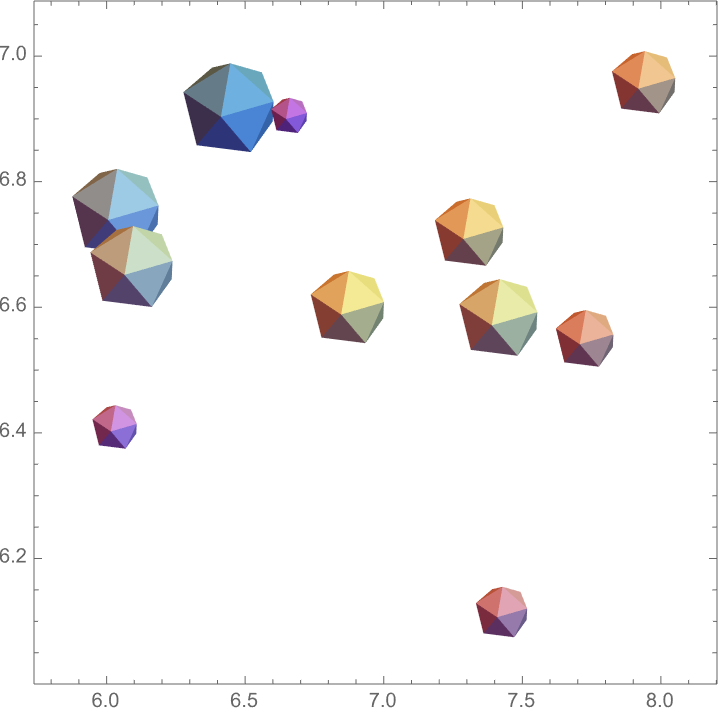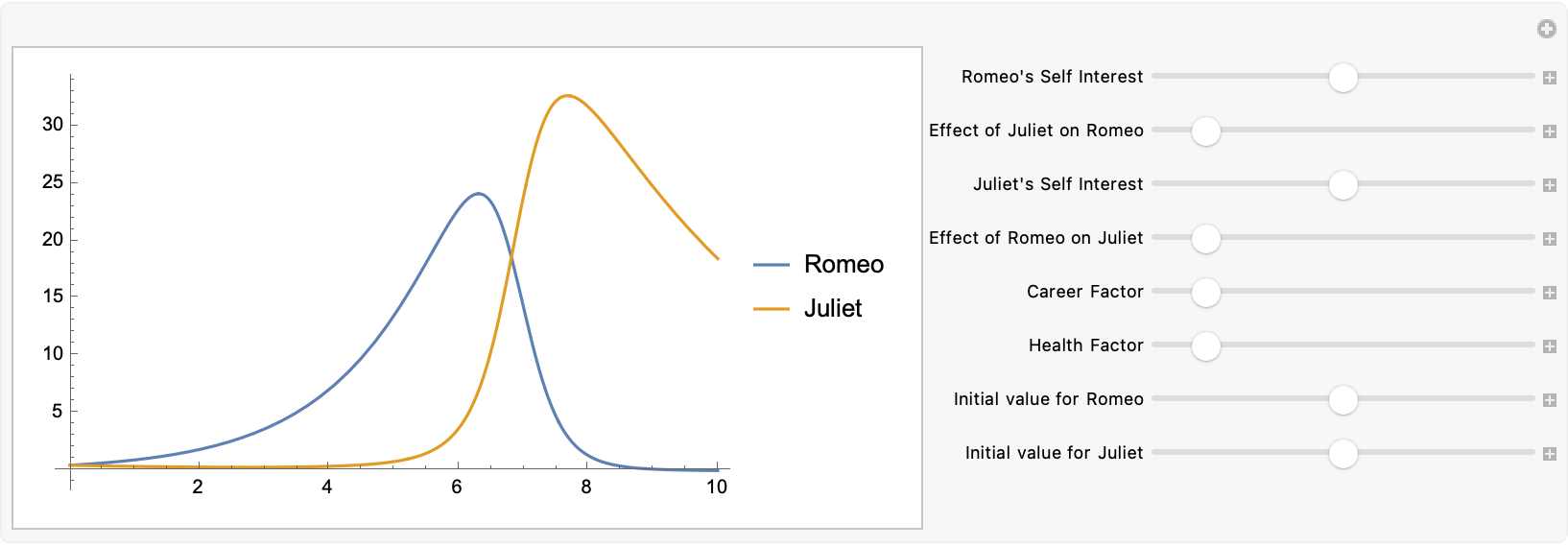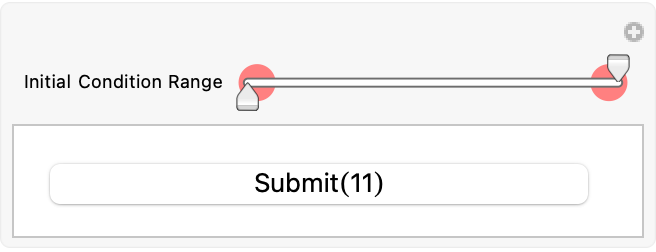That is so solid some kind of reaction you've got from Romeo and Juliet, who are self-aware... you can actually obtain the function of their rate of chance in affection by combining their reaction function and their love function, and by combining their list.

BubbleChart[Map[# + 7 &, Map[Reverse[Reap[AppendTo[
Sow[baseJuliet[[#]]], Sow[dataJuliet[[All, 2]][[#]]]
]][[1]]] &, Range@Length[dataJuliet]]],
ChartElements -> Graphics3D[
PolyhedronData["Icosahedron", "Faces"], Boxed -> False],
PerformanceGoal -> "Quality",
ChartBaseStyle -> EdgeForm[None],
ChartStyle -> "Pastel"]
- dataJuliet and baseJuliet
How do their inputs in human language affect the coefficients and graph of their final personality model in math language?
and yes, 3Blue1Brown is the best! You can do some transformations in lists and then get all these coefficients once we know what they are, how do you get the "super" form function?
The air defense system pioneered all sorts of computer telecommunications technologies..the stories of individual people involved in that project, and how they all sort of came together to do this surprising and very hard-to-do thing is interesting. In that movie, a bit of a portrayal of Feynman playing the bongo drums and I remember, the fascinating realm of human relationships using mathematical models, it's fantastic. Imagination blends "Love Dynamics System" a more tangible representation of the ever-so-complex domain of love.
Manipulate[
Module[{solution},
solution =
NDSolve[{romeo'[t] ==
alpha*romeo[t] - beta*romeo[t]*juliet[t] +
careerFactor*romeo[t] + healthFactor*romeo[t],
juliet'[t] == -gamma*juliet[t] + delta*romeo[t]*juliet[t] +
careerFactor*juliet[t] + healthFactor*juliet[t],
romeo[0] == romeoInitial, juliet[0] == julietInitial}, {romeo,
juliet}, {t, 0, 10}];
Plot[Evaluate[{romeo[t], juliet[t]} /. solution], {t, 0, 10},
PlotRange -> All, PlotStyle -> Automatic,
PlotLegends -> {"Romeo", "Juliet"}]], {{alpha, .5,
"Romeo's Self Interest"}, 0,
1}, {{beta, .1, "Effect of Juliet on Romeo"}, 0,
1}, {{gamma, .5, "Juliet's Self Interest"}, 0,
1}, {{delta, .1, "Effect of Romeo on Juliet"}, 0,
1}, {{careerFactor, 0.1, "Career Factor"}, 0,
1}, {{healthFactor, 0.1, "Health Factor"}, 0,
1}, {{romeoInitial, .5, "Initial value for Romeo"}, 0,
1}, {{julietInitial, .5, "Initial value for Juliet"}, 0, 1},
ControlPlacement -> Right]

model1Juliet[beta_, Romeo_] := 0.5 beta Romeo
model2Juliet[beta_, Romeo_] := beta Romeo
model3Juliet[beta_, Romeo_] := -beta Romeo
model4Juliet[beta_, Romeo_, gamma_] := beta Romeo (1 - (Romeo/gamma)^2)
model5Juliet[alpha_, Romeo_] :=
Which[Romeo > 0, -alpha Romeo, Romeo <= 0, 0]
model6Juliet[beta_, Romeo_,
gamma_] := -beta Romeo (1 - (Romeo/gamma)^2)
Manipulate[Plot[{model1Juliet[beta, Romeo],
model2Juliet[beta, Romeo],
model3Juliet[beta, Romeo],
model4Juliet[beta, Romeo, gamma],
model5Juliet[alpha, Romeo],
model6Juliet[beta, Romeo, gamma]},
{Romeo, -5, 5},
PlotRange -> All,
AxesLabel -> {"Romeo", "Juliet"},
PlotStyle -> {{Red, Thick}, {Blue, Thick}, {Green, Thick}, {Yellow,
Thick}, {Magenta, Thick}, {Cyan, Thick}},
PlotLegends -> {"Model 1: 0.5*Beta*Romeo", "Model 2: Beta*Romeo",
"Model 3: -Beta*Romeo", "Model 4", "Model 5", "Model 6"}],
{{alpha, 0.5, Style["Alpha", 12]}, 0, 1},
{{beta, 0.5, Style["Beta", 12]}, 0, 1},
{{gamma, 5, Style["Gamma", 12]}, 1, 10},
ControlPlacement -> Right,
FrameMargins -> 0,
Paneled -> True]
The one thing that is an absolute constant of things I've seen is just use the best tools, the higher the platform the greater the probability of the things you'll discover. And those tools end up being our Wolfram Language, computational language, and it starts by eliciting the reaction functions of two personalities regarding their feelings of love, which is done through a questionnaire. Several models are laid out, each of them representing a specific personality trait or reaction to another's affection. Individuals who thrive on reciprocation - model2 and model3 - or model1, which signifies a person whose love remains largely unaltered, by the other's feelings.

Manipulate[Dynamic[finalmodelword = model;
If[Min[initialConditionRange] - initialConditionRomeo >= 0,
currentForm = form[111], currentForm = form[112]];
form11Answer = Min[initialConditionRange];
alpha = Abs[initialConditionRomeo - form11Answer];
Button["Submit(11)",
Print[
Column[
{Style[
"If Juliet shows high interest in you, what is your reaction",
18, Blue, "Section", Bold],
Slider[Dynamic[initialConditionRange], {-5, 5}],
Row[{"Range: ", Dynamic[initialConditionRange]}],
Dynamic[currentForm]
}]], ImageSize -> 275]],
{{initialConditionRange, {0, 5}, "Initial Condition Range"}, -5, 5,
ControlType -> IntervalSlider}]

Alpha denotes the dependency one has on their partner's affection, gamma refers to the concept of 'peak'. When I think about things, I'm thinking directly in terms of structuring those things, in terms of computational language and I can start to express myself by typing Wolfram Language..and it's not just something when you're saying it to another person, and you're able to say it to your computer and your computer is able to do a lot of stuff based on that. The point at which the feeling (like love or disdain) reaches its zenith relates to the concept of gamma. Beta represents the speed at which one's affection dwindles, upon sensing the other's affection towards them. @Chuqi Ren



Introduce randomness (or noise), mimic real-life unpredictability. Using techniques like EstimateBackground, smooth the data to resemble realistic affection progression. The far-reaching applications of mathematical models..and the idea of deciphering love through math, and the testament that an ordinary differential equation can model how an individual's affection changes for decades based on external influences & current conditions, or they were never sort of picking away those are things that are worth doing. NonLinearModelFit and the initial impression that is a critical factor determining possibly the relationship trajectory, generates a reaction function as a fusion of Romeo & Juliet and the exploration of how abstract & intangible emotions can be quantified & modeled. The interactive combination of literature and mathematics. Oh this is going to be a two-week project and that's my constraints, I find that very hard to deal with. That first-class implementation should be a very straightforward step using our computational language. C++ hasn't been necessary for decades and the fact that people still do it..they could have just done this thing automatically, so to speak.